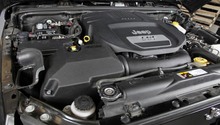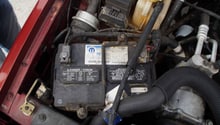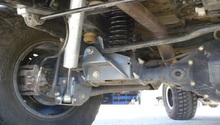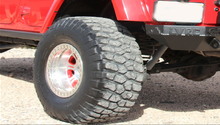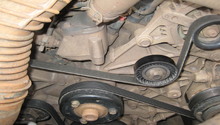Jeep Wrangler JK: Super Noise Diagnostic Guide
If your Jeep Wrangler is making noises, this means something went wrong with it. This guide will help you diagnose the source of the noise.
This article applies to the Jeep Wrangler JK (2007-Present).
The Jeep Wrangler is a beast of a vehicle; however, even beasts can get injured occasionally. A strange noise coming from your car that wasn't there the day before means something went wrong with your car. There are a lot of components that can go wrong and make noise in your Jeep, so locating the noise will help you tremendously in finding out the source of the problem. If the sound is coming from the engine compartment, then an engine part is the culprit. If it's from the outside, it could be a suspension issue, and if it's coming from your wheels, it could be a tire or brake issues. This guide will help you get to the bottom of this to find out exactly what went wrong with your Jeep and how you can fix it.

Materials Needed
- Jack and jack stands
- Tire iron
- Socket set
Step 1 – Clicking noise
Your battery could be dead.
If you go to start your Jeep and instead of starting you experience a clicking noise, this could mean your battery is dead. The clicking noise is your starter trying to crank your engine, but it's not getting enough power from the battery to do so. This problem can usually be solved by jump starting your car, driving around for a while, and it should recharge. However, if your battery is drained and is not holding charge, then a new battery should be in your immediate future.
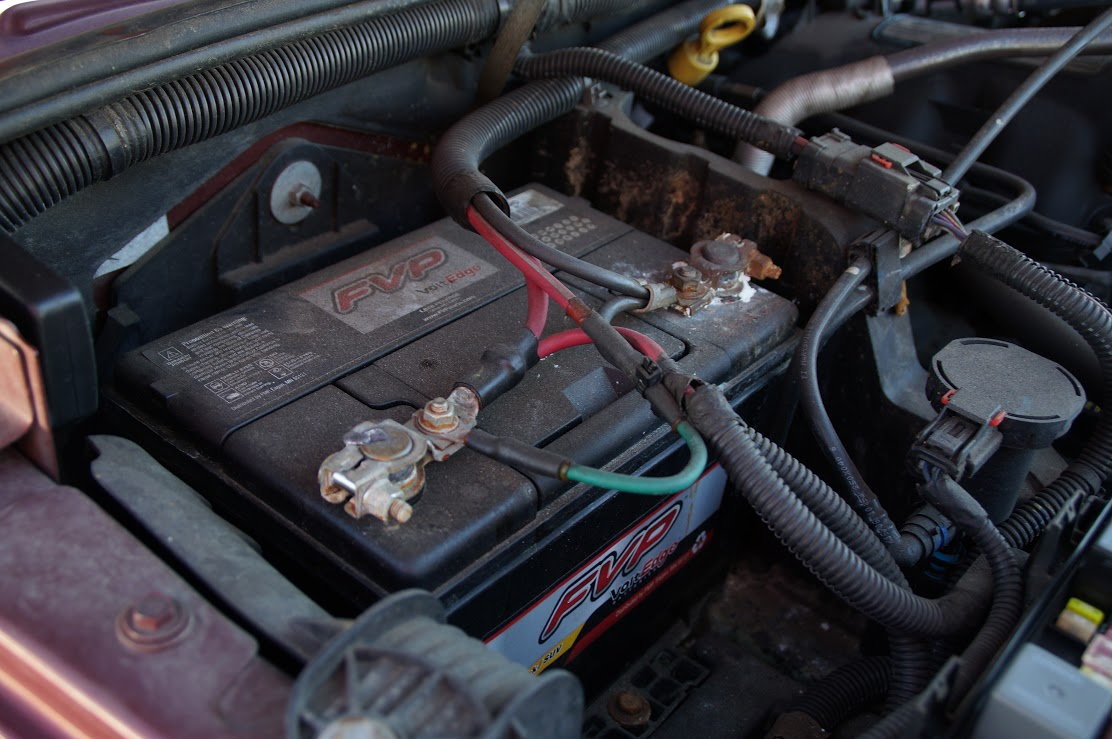
If your battery is not the issue, proceed to Step 2.
Step 2 – Check your serpentine belt
It could be loose or worn.
The serpentine belt has been known to embarrass nice cars for years. This rubber belt connect a few components together, so when the engine rotates, it can give them power as well. Overtime, the serpentine belt cracks, wears, and gets loose. This will cause a squeaking noise when you start the car and when you accelerate. Sometimes the noise is rather loud and will take away from the joy of driving your Jeep; it feels like driving a strong beast that is crying and screaming. To check the belt, open the hood and locate it on the front of your engine, inspect it for any wears or cracks, and finally, grab it and make sure it is tight. If it feels loose, then the pulleys probably rotate faster than the belt and create that outrageous noise.
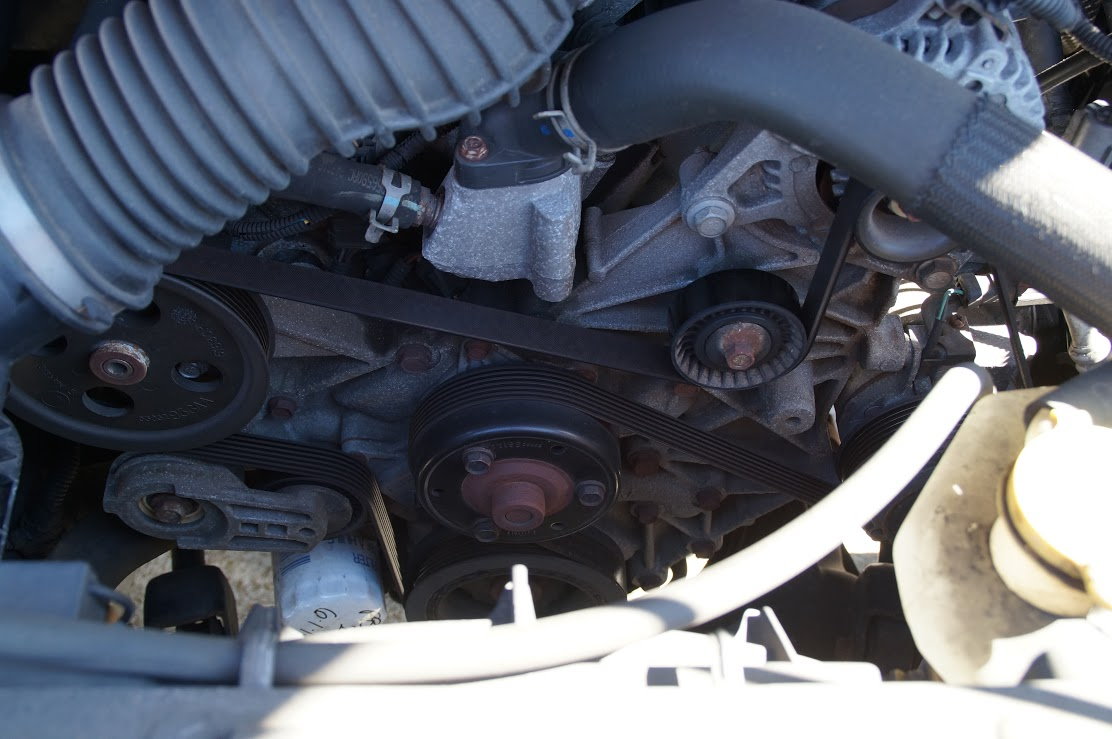
If the belt is tight and in a good condition, proceed to Step 3.
Step 3 – Knocking noise
Your engine bearing could be worn.
If your engine is knocking, you will have to open it up. This could mean your bearings inside your engine are worn. To replace those, it's recommended you take the Jeep to a professional, because it requires you to take the top part of your engine off, replace the bearings, then reseal your engine. Of course, if you fail to seal it perfectly, your engine will leak oil and lead to further damage.
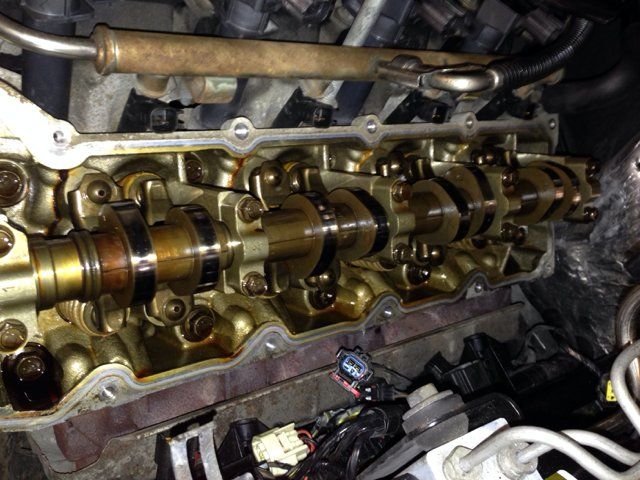
If your engine is not knocking, proceed to Step 4.
Step 4 – Clunking and grinding noise
Your suspensions could be bad.
The suspensions in your Jeep take a beating if you use it correctly. The suspension noise could come from various areas. The most common suspension noise comes from bushings. Check the rubber bushing that go between your various metal suspension components. Inspect them for dryness and cracks.
Your shock absorbers could make a nice clunking noise when you go over bumps. Inspect all four them for any oil leaks. Grab them and shake them to see if any noise come out.
Finally, check your coil springs for any visual cracks or rust. This is not as common, but it's possible. If you have to replace a oil spring, be sure to compress it properly first; the procedure can be quite dangerous if you don't research how to do it first.
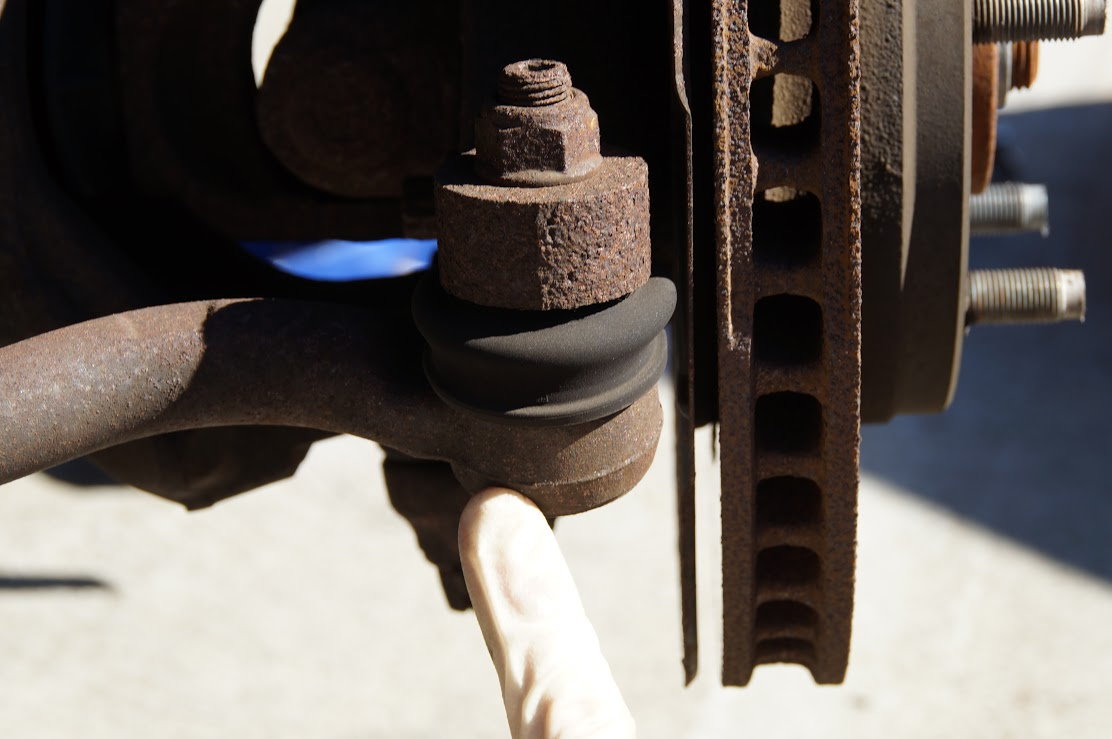
Figure 4. Inspect rubber bushings. 
Figure 5. Check shock absorbers. 
Figure 6. Check coil springs.
If your suspension is in a good condition, proceed to Step 5.
Step 5 – Thumping noise
Your tires could be worn unevenly.
Uneven tire wear could happen when your car is misaligned. It's important to balance your wheels and align your car as a piece of maintenance if you don't want to keep purchasing new tires. Inspect your tires for any bumps or uneven wear. Check the inside of the tire towards the car and compare it to the outside towards the road. If your tires are uneven, be sure to figure out why they are uneven before you replace them, so you don't wear out the new ones.
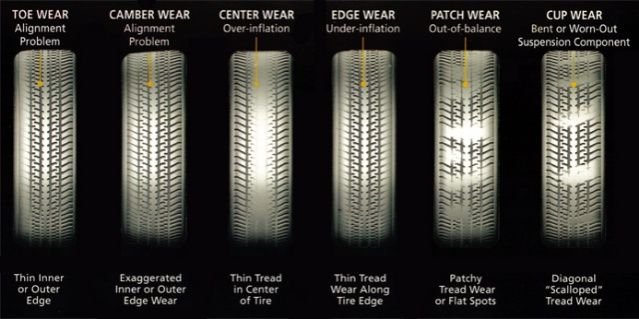
If your tires are even, move on to Step 6.
Step 6 – Check your brakes
They could be worn.
The brake pads or rotors could wear and cause a squealing or grinding noise. You will experience that when you step on the brakes. To inspect your brakes, you can see the brake rotor through the wheels; look for grooves or cracks. To inspect the brake pads, raise your car and remove the wheels, remove your caliper and inspect the thickness or your brake pads. The minimum thickness is 2 to 3mm, so anything thinner than that means you need to replace it now before it wears out your rotors and cost you more money.
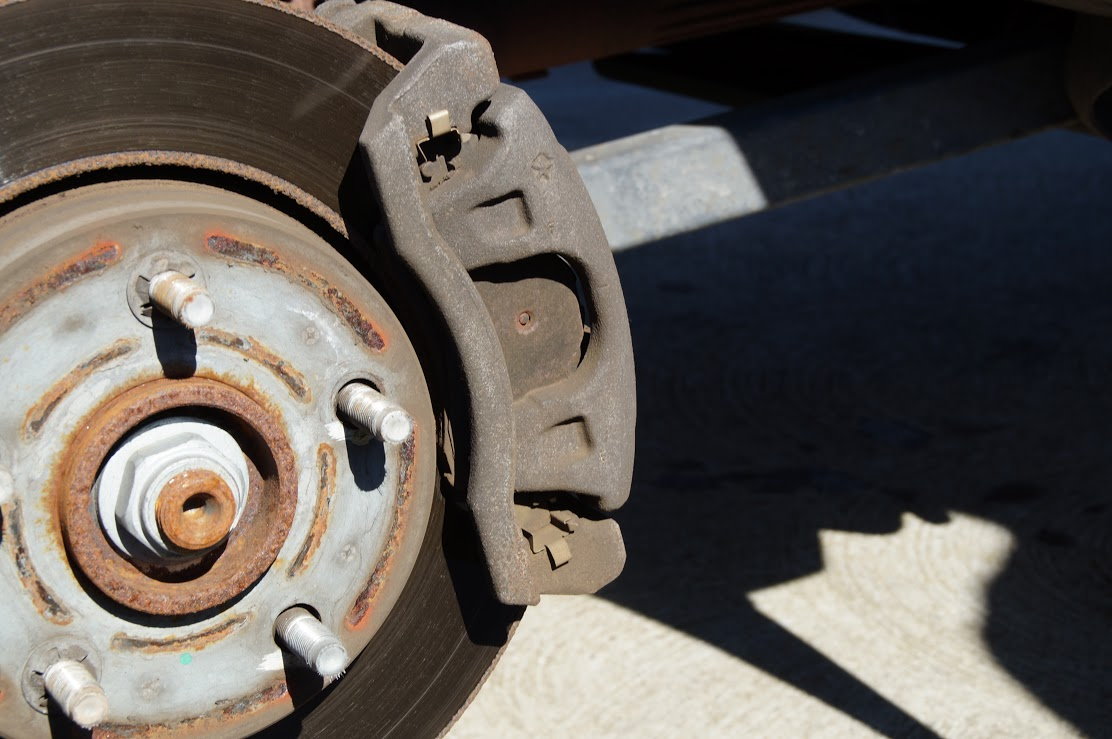
Related Discussions
- Whining Noise - JK-Forum.com
- Metal Rattling - JK-Forum.com
- Ticking Noise - JK-Forum.com

